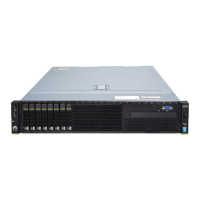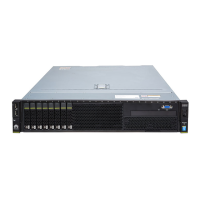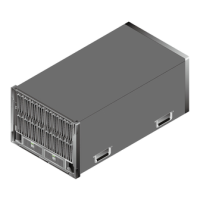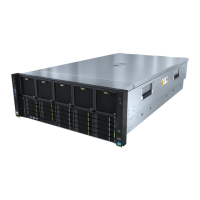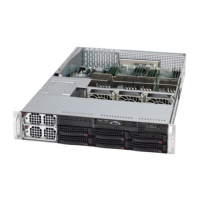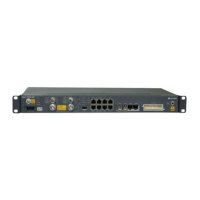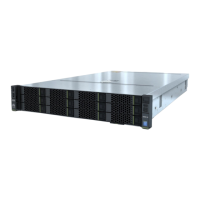7.23 Removing a TPM
● If the private key of the TPM is used to encrypt data, back up the data before
removing the TPM.
If the data is not backed up, the encrypted data cannot be decrypted after the
TPM is replaced.
After the data is backed up, clear the key of the TPM. For details, see "Security"
in the
Huawei Server Grantley Platform BIOS Parameter Reference
.
You need to back up and clear data only when the removed TPM is no longer
used. If the removed TPM needs to be reinstalled in the original environment,
you do not need to back up and clear data.
● If the TPM function has been set on the BIOS, record the settings before
removing the TPM. After replacing the TPM,
congure the related settings on
the BIOS again.
For details, see the
Huawei Server Grantley Platform BIOS Parameter
Reference
.
● If a broken or
disgured screw is found on a TPM, take appropriate measures
to protect data.
Remove a TPM before replacing it with a new one.
Procedure
Step 1 Wear an ESD wrist strap. For details, see 1 Safety Instructions.
Step 2 Determine the cabinet number and chassis number of the server, and label its
panel to prevent misoperations.
Step 3 Power
o the RH2288H V3. For details, see 4.2 Powering O the Server.
Step 4 Remove all external cables such as power and network cables.
Step 5 Remove the RH2288H V3 and put it on an ESD desktop. For details, see 3.6
Removing the Server.
Step 6 Remove the chassis cover. For details, see 7.11 Removing the Chassis Cover.
Step 7 Remove the riser card above the TPM. For details, see 7.19 Removing the Riser
Card.
Step 8 Determine the position of the TPM. For details, see Figure 7-44.
RH2288H V3 Server
User Guide 7 Replacing Parts
Issue 46 (2022-12-28) Copyright © Huawei Technologies Co., Ltd. 187
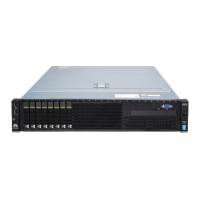
